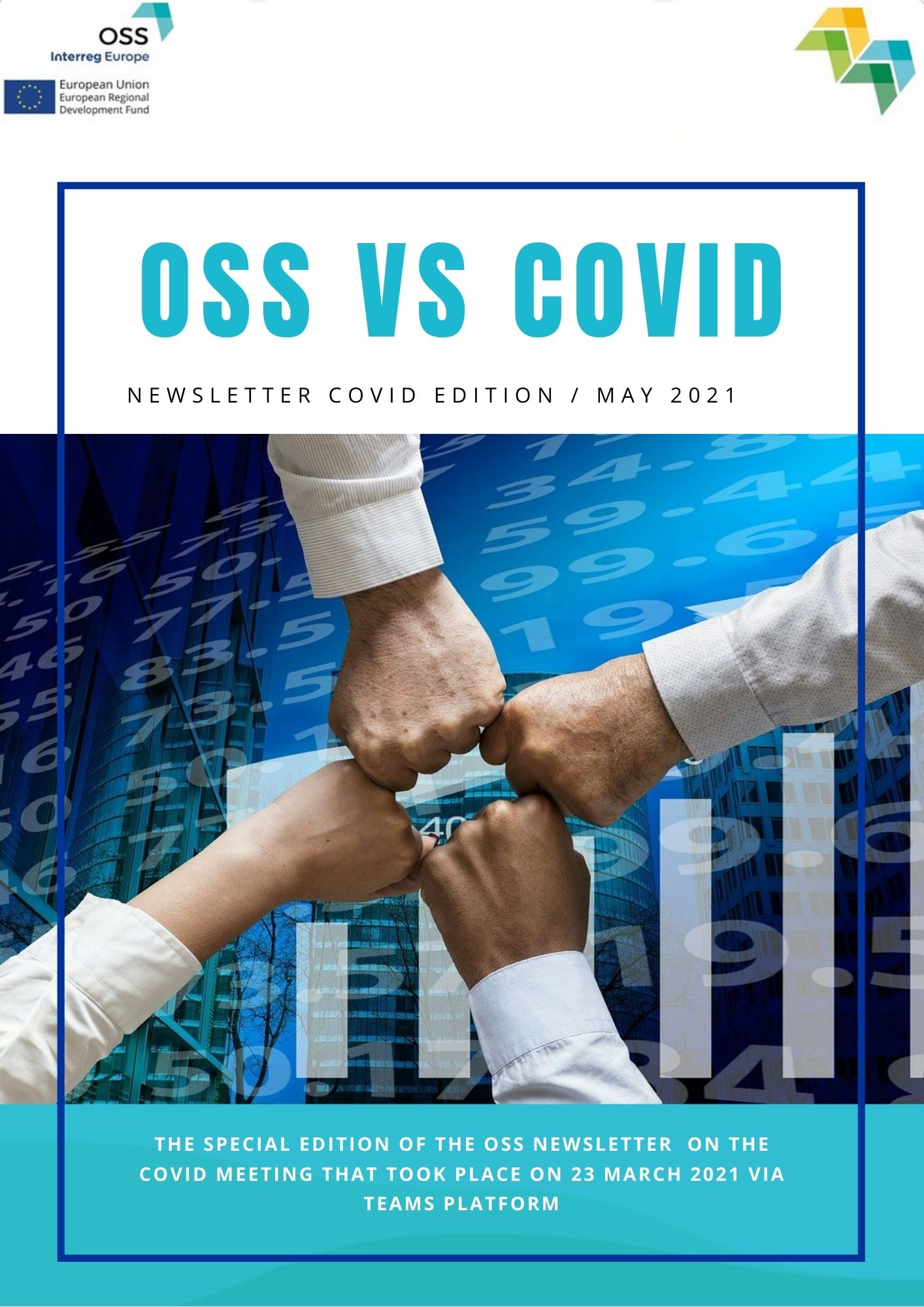Robin De Cock is a professor of Innovation and Entrepreneurship at the Antwerp Management School. He has specific ideas about the Business Model Canvas in current times. Here is a translation of one of his speeches on the topic.
The current crisis can have a huge impact on companies. How big an impact depends strongly on the field where your company is working in. For instance, the impact in the high-tech sector is not so big, but if you look at the travel business – that’s a whole different story.
The task of the entrepreneur is to look for opportunities within a crisis.
When things get rough, there are basically 4 possible choices. Either the company slims down, which will only affect a short term like bringing down direct costs. A company might choose for innovation – like for instance restaurants now do: instead of receiving guests for dinner, you can get take away meals. This solution might create extra costs in the beginning but in the long run, it will create more income. The third possibility is to hang on in: push forward as long as needed and calculate the loss. This of course can only be done in shorter periods of crisis. The last option is one that entrepreneurs rather avoid: close the whole business.
A successful business needs a certain mindset and a set of tools. Steve Jobs once said: You will get the entrepreneurial mindset only when you realize that everything around you was created by people smarter than you. It is important not to see problems but only opportunities.
A business model is dynamic. It is a plan for your company, which will change according to certain circumstances. Thus the model is in constant evolution. All parts of it are linked, which means that if you change one element, this will impact others (s).
The advantage of working with a business model is that you keep an overview of the company which will provide you with insights into risks and opportunities in the future. Take Twitter: Twitter creates value for its users, but since the platform is for free, it is difficult to put a figure on what this value is worth. In the end, Twitter found value through advertisers.
A value proposition is also an important part of the business model: what value do you think your clients have? The whole idea of an enterprise is to define a problem, for which you offer the solution. Too often these two elements are not perfectly matched, which is a pity, since they form the spine of your company.
An example is Google Glass: the product was based upon hipsters, but they didn’t want to put on such a type of glasses.
Maybe Google should have thought about Einstein who said that when he had 60 minutes to solve a problem, he would think 55 minutes about the problem and only 5 about the solution.
It is good to know what is happening on the market, and to understand what you have ‘in the fridge’. In other words: what do you have at hand that can be used? Think about the company Twikit that decided during the lockdown to use its knowledge of 3D printing to produce protective masks.
Another important part of the model is the customer segment. One should ask how you can continue to offer one’s services in Covid-times – when for instance network events no longer exist. A good example here is Tomorrowland around the world: a digital event that succeeded in attracting new clients for the festival of Tomorrowland.
‘Digitalisation’ is the code word, according to Robin.
To avoid technical unemployment, it might be good to check how to retrain personnel.
One last, golden, tip: never run out of cash. What do you really need to realize your core business? Check whether you still have those resources before you start cutting out. Maybe there are other ways of generating income with what you already have at hand.
Don’t be afraid to ask yourself how much clients are willing to pay for a certain experience. Basically, this is what Ryanair does: you pay little for a ticket and start to pay big time for all the extras.



















